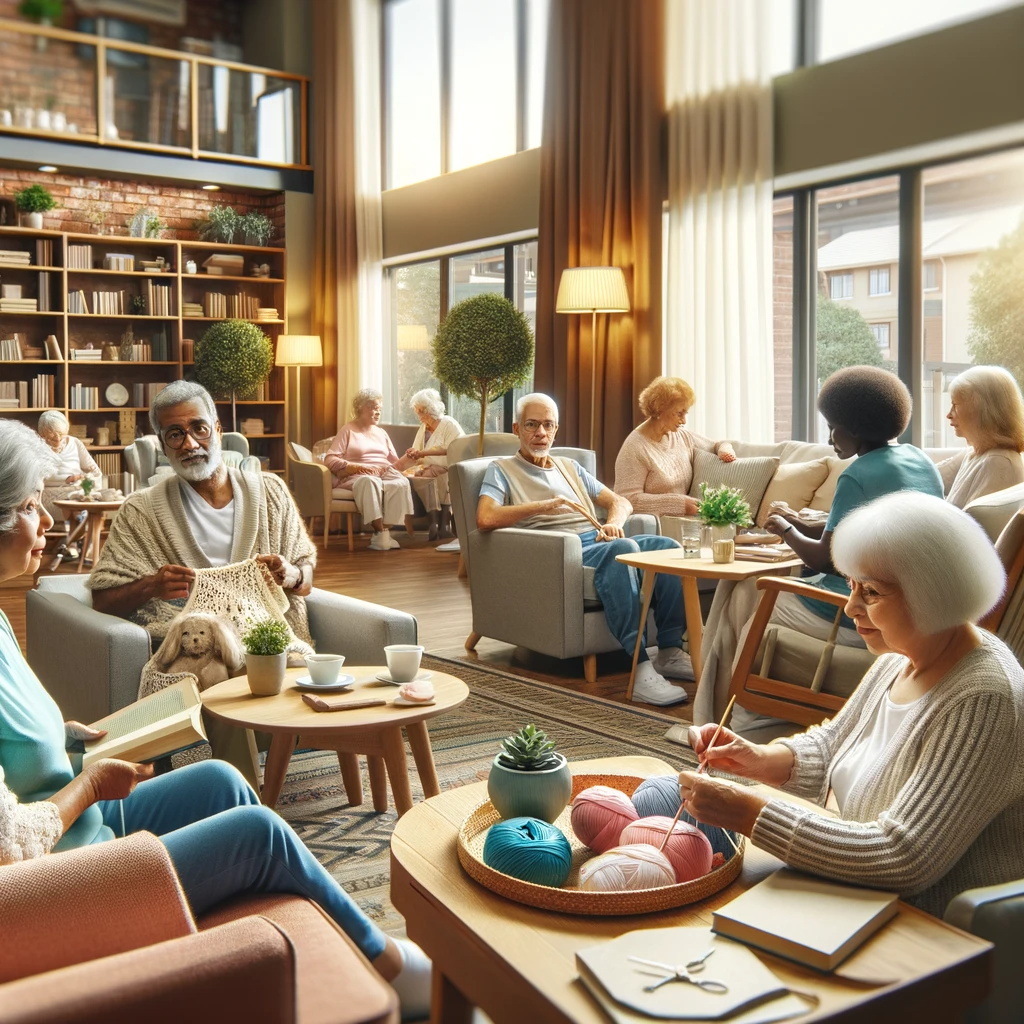Embark on a journey to discover the ideal home for your aging loved ones with our in-depth guide on ‘residential care facility for the elderly.’ Learn about the unique aspects that make these facilities a top choice for senior living and how to find the perfect match for your family’s needs.

When it comes to ensuring the best care for our aging loved ones, many families consider a ‘residential care facility for the elderly’ (RCFE). These facilities provide a blend of housing, personal care services, and healthcare, tailored to meet the individual needs of older adults. This article aims to provide a comprehensive understanding of what RCFEs offer, helping you make an informed decision about this important aspect of senior living.
What is a Residential Care Facility for the Elderly?
RCFEs, also known as assisted living facilities or board and care homes, are designed for seniors who require assistance with daily activities but do not need the full-time healthcare services provided in a nursing home. These facilities offer a residential setting, providing meals, medication management, housekeeping, and social activities.
Key Features of Residential Care Facilities
Personalized Care
- RCFEs provide a personalized care plan for each resident, addressing their specific needs and preferences.
Community Environment
- These facilities often feature communal dining areas and social spaces to promote interaction and community among residents.
Range of Services
- Services can include help with bathing, dressing, eating, and transportation, along with various recreational and social activities.
Choosing the Right Facility
Assessing Your Needs
- Evaluate the level of care required, considering factors like mobility, health conditions, and cognitive abilities.
Location and Accessibility
- Consider a facility’s location, its proximity to family and friends, and the surrounding community’s amenities.
Financial Planning
- Understand the costs involved and explore payment options, including private funds, long-term care insurance, and potential government aid.
Benefits of Residential Care Facilities
Safety and Security
- RCFEs are designed with the safety and security of seniors in mind, featuring accessible facilities and 24-hour staff availability.
Social Interaction
- Residents benefit from social interaction and engagement through organized activities and communal living spaces.
Health and Wellness
- Regular health monitoring and access to healthcare services help maintain the residents’ physical and mental well-being.
Visiting and Evaluating Facilities
Facility Tours
- Schedule tours to get a feel for the environment, observe the staff-resident interaction, and assess the overall quality of care.
Reviews and Accreditation
- Research facility reviews and check for any accreditations or certifications to ensure quality standards.
Trial Stays
- Some facilities offer trial stays, allowing prospective residents to experience life in the facility before making a decision.
Conclusion
Navigating the world of ‘residential care facility for the elderly’ can be overwhelming, but understanding what these facilities offer is the first step in making a confident choice. By considering personal needs, financial options, and the quality of potential facilities, you can find a comfortable and supportive home for your elderly loved ones.